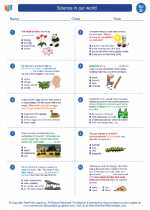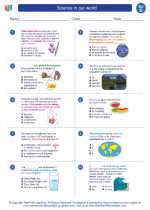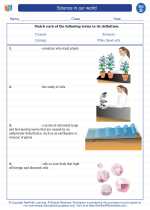Celestial Bodies
Celestial bodies are natural objects in the sky that are visible to the naked eye. They include stars, planets, moons, asteroids, comets, and other objects that make up the universe. Studying celestial bodies is an important aspect of astronomy, and it helps us understand the vastness and complexity of the universe.
Types of Celestial Bodies
There are several types of celestial bodies, each with its own unique characteristics:
- Stars: These are massive, luminous spheres of plasma held together by gravity. They produce their own light and heat through nuclear reactions and are the most prominent objects in the night sky.
- Planets: These are large, spherical bodies that orbit around stars. They do not produce their own light but are visible due to the reflection of light from the star they orbit.
- Moons: Moons are natural satellites that orbit planets. They come in various sizes and play a crucial role in the gravitational dynamics of their parent planets.
- Asteroids: These are small, rocky bodies that orbit the Sun. They are remnants from the early formation of the solar system and are primarily found in the asteroid belt between Mars and Jupiter.
- Comets: Comets are icy bodies that orbit the Sun and develop a visible atmosphere or coma and sometimes a tail when they are close to the Sun.
Studying Celestial Bodies
Scientists study celestial bodies to learn more about the origins and dynamics of the universe. They use telescopes, space probes, and other instruments to observe and gather data about these objects. By studying celestial bodies, scientists can gain insights into the formation of planetary systems, the behavior of stars, and the possibility of extraterrestrial life.
Study Guide
Here are some key points to remember when studying celestial bodies:
- Identify and describe the different types of celestial bodies.
- Explain the characteristics and properties of stars, planets, moons, asteroids, and comets.
- Understand the methods and tools used to study celestial bodies, such as telescopes and space probes.
- Discuss the significance of studying celestial bodies in the field of astronomy and space exploration.
- Explore the potential implications of discoveries about celestial bodies on our understanding of the universe.
By mastering these concepts, you can develop a deeper understanding of celestial bodies and their role in the cosmos.
.◂Science Worksheets and Study Guides Fourth Grade. Science in our world

 Worksheet/Answer key
Worksheet/Answer key
 Worksheet/Answer key
Worksheet/Answer key
 Worksheet/Answer key
Worksheet/Answer key
 Vocabulary/Answer key
Vocabulary/Answer key
